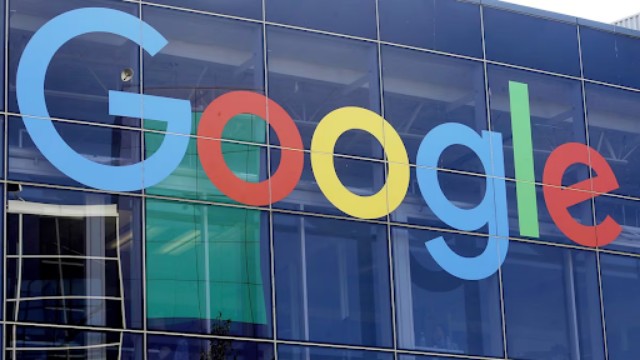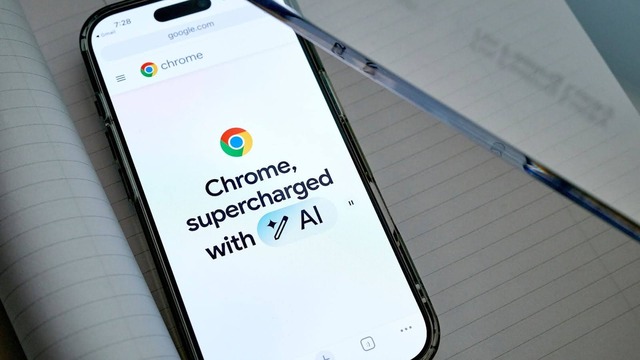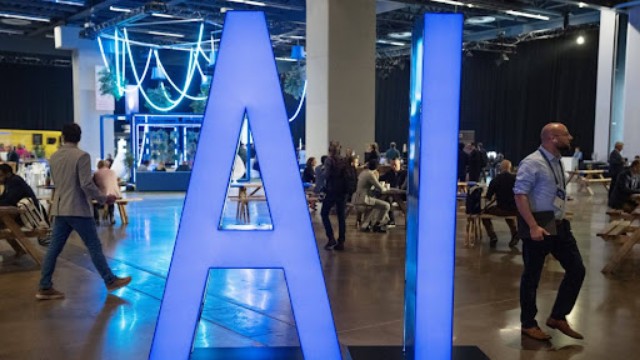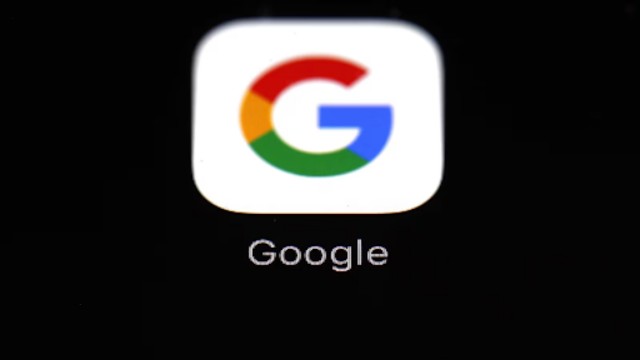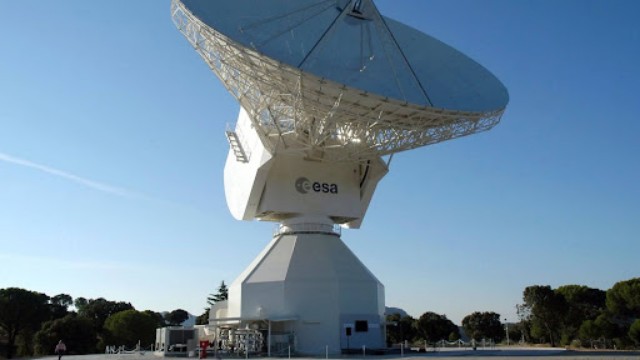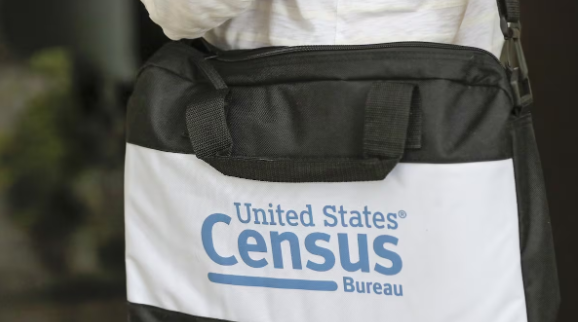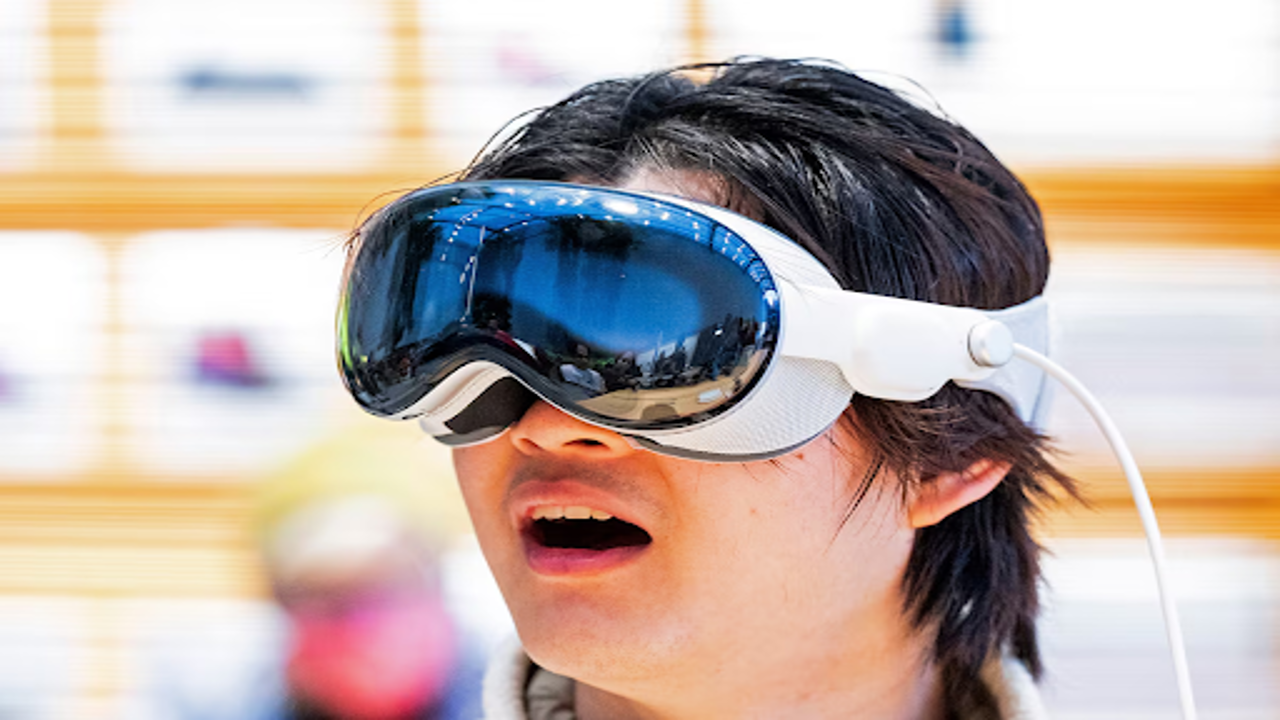
A man tests an Apple Vision Pro headset at an Apple store in Palo Alto, California, on February 2.
Apple has officially launched its highly anticipated Vision Pro headset in Canada, but experts warn that the steep price tag of $5,000 might hold back widespread adoption. This augmented reality device made its debut on July 11, 2024, at Apple stores across Canada, France, Germany, and the U.K.
The Vision Pro invites users into an immersive digital world, enabling activities like browsing photos, joining meetings, watching movies, and playing games. Despite the excitement surrounding its launch, analysts predict that the Vision Pro won't become as common as other Apple products right away.
Initially revealed in June 2023, the headset was expected to sell between 500,000 and 1 million units in its first year. However, current estimates suggest sales are closer to the lower end of that range. Wamsi Mohan, a senior analyst at Bank of America, attributes this slow uptake to the device's high price. With the basic model priced at $4,999 for 256 GB of storage and the 1 TB version costing $5,599, many potential buyers may hesitate. Mohan noted that for the cost of one Vision Pro, you could purchase about three MacBook Airs.
The challenge for Apple now is to convince customers of the device's value despite the price. Mohan, who owns and regularly uses a Vision Pro, acknowledges that getting people accustomed to this new technology is not easy. “It takes time to adapt to very different types of computing,” he said.
To address these concerns, Apple is offering hands-on demonstrations in stores, allowing customers to experience the headset's capabilities without committing to a purchase. Mike Rockwell, Apple's vice president for vision products, emphasized the importance of these demos, saying, “Seeing is believing.” He noted that the experience of using the Vision Pro far exceeds what can be conveyed through words or videos.
During a recent demo, users interacted with virtual objects, like a dinosaur that responds to touch or a Formula One car that can be resized and examined closely. Navigation within the virtual environment involves simple gestures and eye movements, while changes in transparency keep users aware of their real surroundings.
“There’s never been a product like this,” Rockwell stated, highlighting its potential for unique media experiences and productivity enhancements. The Vision Pro is designed to integrate seamlessly with Apple's existing ecosystem, providing a powerful platform for users.
While the current features are impressive, experts believe the device still has room for improvement. Mohan pointed out that the Vision Pro could be lighter; the lightest models weigh about 600 grams, similar to a basketball. Making the headset more affordable could also encourage more widespread adoption.
Reflecting on the future of the Vision Pro, Rockwell remained tight-lipped about upcoming developments. “We don’t really talk about future stuff,” he mentioned, but expressed excitement about the platform's current capabilities.
In summary, while the Vision Pro offers groundbreaking technology and experiences, its high price may deter potential buyers. Apple will need to continue refining the device and its marketing strategy to encourage broader acceptance among consumers.


